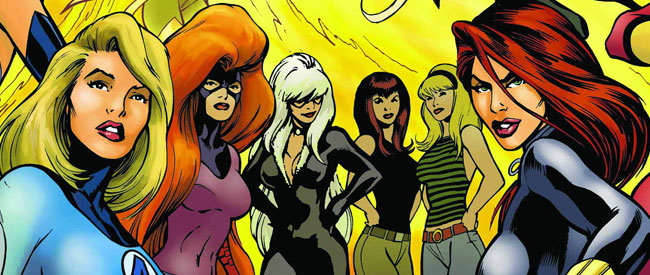
After examining Paul O’Brien’s analysis of Marvel’s sales, Graeme McMillan’s Newsarama blog posed an interesting question: why the low sales for Marvel’s female-led titles?
McMillan’s question is likely to draw a multitude of opinions from comics enthusiasts, and most will probably ask as many questions as they answer. Is Marvel’s lack of female writers impacting the ability of its superheroines to find a voice? The comics buying public is dominated by males, is it reasonable to assume that they simply prefer male leads?
I think it’s something else.
You don’t need to be a female to write compelling female characters or to revitalize ancillary members of a comic’s universe. Paul Dini’s work on DC’s Zatanna is a good example. Part of Batman’s universe, Zatanna Zatara is a magician and a sometimes member of the Justice League. A minor character, Dini built upon the groundwork established by her appearance in Batman: The Animated Series, several animated adventures, the 2005 four-issue limited series, and his own writing on Detective Comics #833 and #834 (2007) where we learn that Zatanna and Bruce Wayne were childhood friends, to breathe new life into the character during a 16-issue feature run that began in 2010.
Wonder Woman is surely the best example of a successful female lead character that has had a steady stream of male writers. From creator William Moulton Marston through Robert Kanigher, Mike Sekowsky, George Perez, Phil Jimenez, J. Michael Straczynski, and others, Wonder Woman has stood the test of time as one of DC’s flagship characters courtesy of the male writers to whom she has been entrusted. Wonder Woman has certainly changed with the times—although more gracefully at some times than at others—but she remains interesting in part due to her curiosity about the world and her faith in its people.
Assuming male readerships prefer male lead characters is short-sighted and doesn’t give them enough credit. DC’s success with its female leads means that the characters have achieved more than just a female fan base. So what is DC doing better than Marvel to sustain interest in its leading ladies?
Overall, DC is doing a better job at making its female characters compelling. They have interesting back stories that may or may not be fleshed-out, including origins that are at least partly known. They have meaningful interactions and complementary roles to play with and against their male superhero counterparts. Their female characters usually maintain a balance between solving problems through action and selecting more diplomatic or crafty methods. And they have all faced moral decisions that define what kind of person they are and will be as their story moves forward.
Zatanna works because even as a minor character she is interesting all on her own. She has an element of mystery in her background (the search for her missing magician father). She has abilities that can make her a threat to almost any other character in the DC universe as evidenced by her controversial mind-wiping of Dr. Light in Identity Crisis. And she has faced complicated moral issues and their not-so-pleasant consequences.
Wonder Woman is virtually as powerful as Superman and has endured decades of difficult choices between her duty to her mother, her people, and the world. That she will do the right thing is never in question, and might lead the reader to believe that she is predictable. However, her methods for achieving what is right can go from diplomacy to skull-knocking in very short order. The moment you think you have her figured out, she proves you probably don’t.
Would Selina Kyle as Catwoman be half as interesting if she didn’t walk that fine line between criminal and hero? Her wavering moral compass and willingness to take steps that Batman wouldn’t approve of make her an Irene Adler to Batman’s Sherlock Holmes—or if you’re a Highlander fan, Selina is Amanda to Bruce’s Duncan. The depths of character revealed by these choices make the charismatic Catwoman an indelible personality and give her storylines conviction.
In the Marvel universe, Elektra is one of the most compelling female characters. Considerable effort has been expended through the years to making her a unique complement to Matt Murdock’s Daredevil, and it shows. But she functions just fine on her own, as well. Her origin and background are subjects of debate, but we certainly know enough to be intrigued. Created by Frank Miller as a love interest and match for Daredevil, Elektra’s unwavering occupation as an assassin is a constant source of discord for the two. And this delightful conflict means that readers literally have no idea what will happen next when they are together.
Marvel has done a good job of creating female characters that fit well into superhero groups, but they need more individual depth. The mutant ladies of the X-Men books certainly complement their team, but Storm, Kitty Pryde, and Rogue are hardly as well developed as Wolverine, Gambit, and Cable. Have the Avengers really challenged the Wasp to stand apart from Hank Pym? Sue Storm is the wheel that keeps the Fantastic Four turning, but has she been given enough opportunities to save the day on her own?
One of my favorite episodes of Buffy: The Vampire Slayer is Season 3’s “The Zeppo.” In it, Xander must save the day without any super-powered help from Buffy or Angel. And with everyone else occupied preventing the end of the world, he’s on his own to rescue dear Sunnydale High from being blown up by undead former students. It’s a struggle, and he nearly fails, but in the end all is well and we learn that Xander is a first-rate hero on his own merits.
I think it’s time for Marvel to place some of their female characters in the hot seat, show off some emotional maturity and character development, and give them their own “Zeppo” moments.





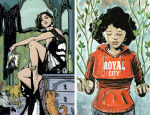

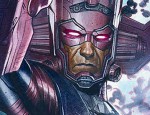
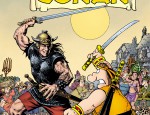
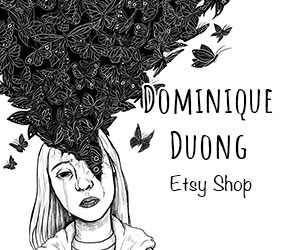
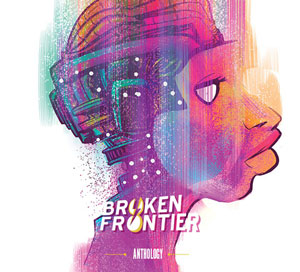
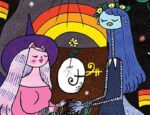

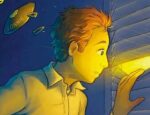
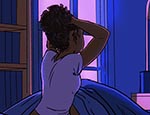
I wish there was a better answer to the excellent questions being asked here. Marvel has made several attempts at giving their female characters solo books and none of them have really taken root. I’m going to guess that Marvel doesn’t have a flag ship female character so they don’t have as much invested in having their titles succeed. Black Widow qualifies and Black Cat is a close runner up but neither of them have had the best of luck with solo titles. Black Widow’s didn’t really have anything relevant and Black Cat’s Kevin Smith story fell apart in scheduling. She-Hulk is probably the most successful female character but her appeal is much harder to explain (she has the powers of hulk but she’s a quirky character…) Ms Marvel is a victim of fandom. Warbird is such a better name for the character but the fans insisted on the less marketable original name for the character. She could also use a costume redesign to reflect her background as a pilot.
She-hulk would be impressive since she got her powers from Bruce in a blood transfusion to save her life. With that, she now is permanently a 8 foot tall, green skin body builder chick who has not lost any of her female curves. its an easy enough sell.
You’d definitely like She-Hulk stories because they tend to be really weird. She’s sort of a better version of Dr. Who…
just sometimes WAY outta here. The story about Red SheHulk started good but fell victim to horendous storytelling much alike in the later issues of Supergirl.
Strangely enough the Marvel/damsels just appeal more to me and to have Shanna in the Savage Wolverine/series is something I really cannot applaud enough. But it feels that more and more ladies in the Marvel universe fall prey to ´second tier´ positions and I would like MORE.
At one point the Black Widow miniseries (starting with the incredible story drawn by master JG Jones and also with those amazing reprints of the old Fanfare issues with art by George Pérez (drool drool) ) made for a great momentum but sadly they have vanished… or are accumulated in the greater good of other bigger stories and teamups.
Great piece Karen! You’re right on the money. Marvel has plenty of solid female characters but haven’t really pushed them to the next level. I thought they were close with Liu’s Black Widow series a couple of years ago but that petered out. Ms. Capt. Marvel is solid as well but again tied so closely with the Avengers that she fades into the background. Marvel really has to take a chance and put the same faith into their female characters as they did into Nova and their cosmic heroes a while back during the Annihilation books. Why not thrust someone like Carol Danvers or Sue Storm or The Wasp or Storm into the spotlight for once, without Cap or Wolverine to back them up (or lead the way as the case generally is).
I’m not sure a character whose solo book only lasted 16 issues and who has never been able to sustain one in her entire 40+ year history qualifies as a “success”, no matter how well written it might be (and I do like the character, as well as Dini’s take on her)…
[…] Commentary | Karen O’Brien looks at why DC’s female superheroes are more popular than Marvel’s. [Broken Frontier] […]
[…] Commentary | Karen O’Brien looks at why DC’s female superheroes are more popular than Marvel’s. [Broken Frontier] […]
I strongly disagree with this article–the ‘why’ makes no sense to me. Those people at DC are killing WW as we now speak, The DC President (whose a woman, but doesn’t act like it) said that WW doesn’t have a compelling story and she’s tricky and that’s why her company’s treating her badly. Their actions had drove kids and women away from comics with their gimmicky ‘shock value’ thanks to high-profilers like JMS of whom you praised and sales got drained down b/c of his actions & to make matters worse, they’ve cancelled Amethyst a few months back, but c’mon: DC’s done better w/ women…really? Marvel’s got a critically-acclaimed Ms. Captain Marvel for peace’s sake.
I don’t necessarily agree that DC does a better job with her main female characters, I think they just keep a few of them more in the spotlight because of media reasons. It can be argued that the most succesful character run any female ever had at DC was Amanda Waller in Ostrander’s Suicide Squad which lasted 66 issues.
The Zatanna example also seems to be quite arbitrary, more given out of preference for the character or the creators’ run. As another commenter said, 16 issues is hardly a groundbreaking run.